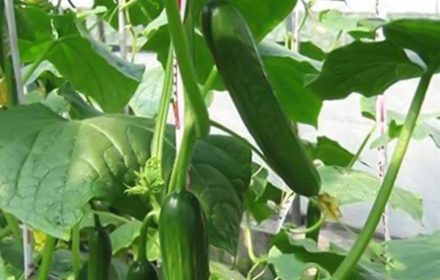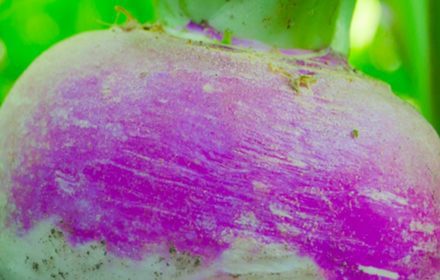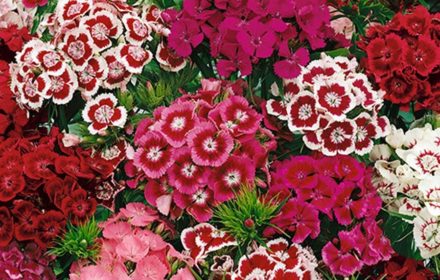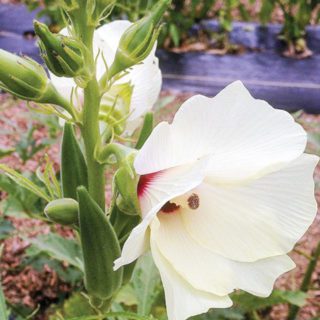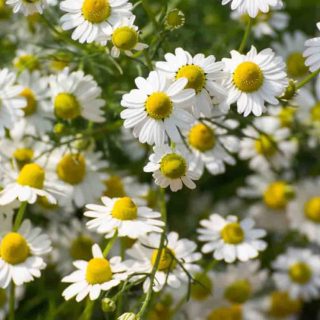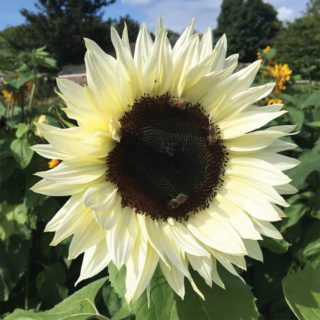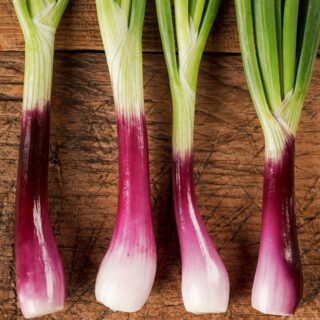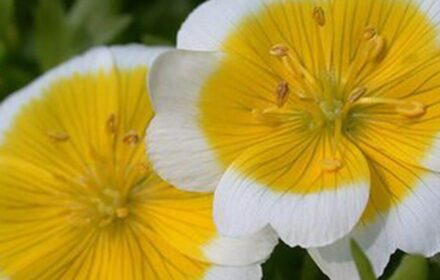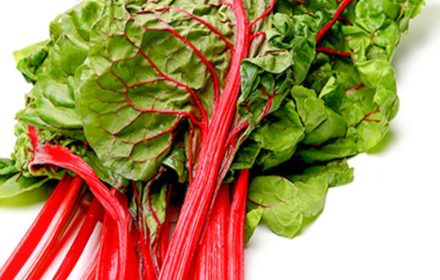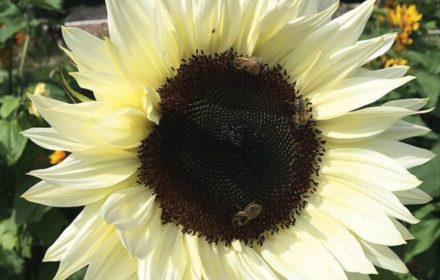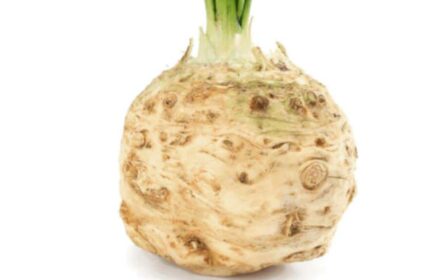How to Sow and Grow Catnip Mint Seeds in the UK
Catnip (Nepeta cataria), part of the mint family, is a low-maintenance, hardy perennial known for its aromatic, minty leaves and delicate blue flowers. Perfect for pet lovers, pollinator-friendly gardens, or culinary enthusiasts, catnip thrives in various soil conditions and can be grown in containers or outdoor beds. With the right care, this herb can provide joy to both cats and gardeners throughout the growing season.
Why Grow Catnip Mint?
- Height and Spread: Reaches 45–90 cm (18–36 inches) tall and spreads 30–60 cm (12–24 inches), ideal for borders or containers.
- Fragrant Flowers: Small blue or lavender flowers bloom from summer to autumn, adding beauty and attracting pollinators.
- Pet-Friendly: Cats love the leaves for play, while humans enjoy them in teas, salads, or smoothies.
- Pollinator Magnet: Bees and butterflies are drawn to the blooms, supporting biodiversity.
Step-by-Step Guide to Sowing Catnip Mint Seeds
- Indoors: Start seeds indoors from early to late spring (March to May).
- Outdoors: Sow directly outdoors from late spring (April to June) once the danger of frost has passed.
- Soil Requirements: Prefers well-drained, slightly sandy or loamy soil but tolerates poor conditions. Avoid waterlogged areas.
- Sunlight: Full sun to partial shade works best. Full sun helps enhance leaf flavour and aroma.
Sowing the Seeds
- Depth: Sow seeds at a depth of 1/8 inch (3 mm) and lightly cover with fine soil or compost.
- Watering: Mist the soil gently to keep it evenly moist but avoid overwatering.
- Temperature: Maintain a soil temperature of 18–21°C (65–70°F) for successful germination.
- Light: For indoor sowing, place seed trays in a sunny window or under grow lights. Outdoors, select a sunny location.
- Germination Period: Catnip seeds typically germinate within 14–21 days. Keep the soil consistently moist during this time for optimal results.
- Transplanting: Once seedlings reach 5–8 cm (2–3 inches) tall and develop true leaves, they can be transplanted into larger pots or directly into the garden.
- Hardening Off: Acclimate seedlings by placing them outdoors for a few hours daily over a week before transplanting.
- Spacing: Space plants 30–60 cm (12–24 inches) apart to allow room for growth.
Caring for Catnip Mint Plants
- Watering: Water regularly but avoid overwatering. Catnip prefers well-drained soil and can tolerate brief periods of drought once established.
- Fertilisation: Generally low-maintenance, catnip requires minimal feeding. Incorporating compost at planting usually provides sufficient nutrients.
- Pinching: Pinch back young plants to encourage bushy growth.
- Pruning: After flowering, cut back the stems to encourage regrowth and prevent excessive self-seeding.
- Pest and Disease Management: Catnip is typically pest-resistant, but aphids may occasionally appear. If so, use organic treatments like neem oil or insecticidal soap.
Harvesting and Using Catnip Mint
- Harvesting Leaves: For young leaves, harvest for fresh use in salads or as garnishes. For mature leaves, collect for drying and use in teas, herbal infusions, or smoothies.
- Harvesting Flowers: Cut flowers when fully open to dry or use fresh in herbal remedies and decorative arrangements.
- Drying and Storage: Hang harvested stems in small bunches upside down in a dark, well-ventilated room. Once dried, store in airtight containers to preserve flavour and aroma.
- Using Catnip for Pets: Create DIY cat toys by filling small pouches with dried catnip leaves. Sprinkle dried leaves on cat bedding or play areas to encourage activity.
Common Questions About Growing Catnip Mint in the UK
- Can catnip grow indoors year-round? Yes, catnip can be grown indoors all year if placed in a bright, sunny spot or under grow lights.
- How do I prevent catnip from spreading uncontrollably in my garden? To control its spread, prune regularly and cut back flowers before they seed. Growing catnip in containers is another effective way to prevent spreading.
- Does catnip attract pests? Catnip is typically pest-resistant but may attract aphids in some cases. Ensure proper airflow and monitor plants for any signs of infestation.
By following these steps, you can enjoy the benefits of homegrown catnip—whether it’s for your cat’s delight, enhancing your culinary dishes, or adding beauty to your garden. With its ease of care and versatility, catnip is a must-have for UK gardeners looking for a rewarding and multifunctional plant.



